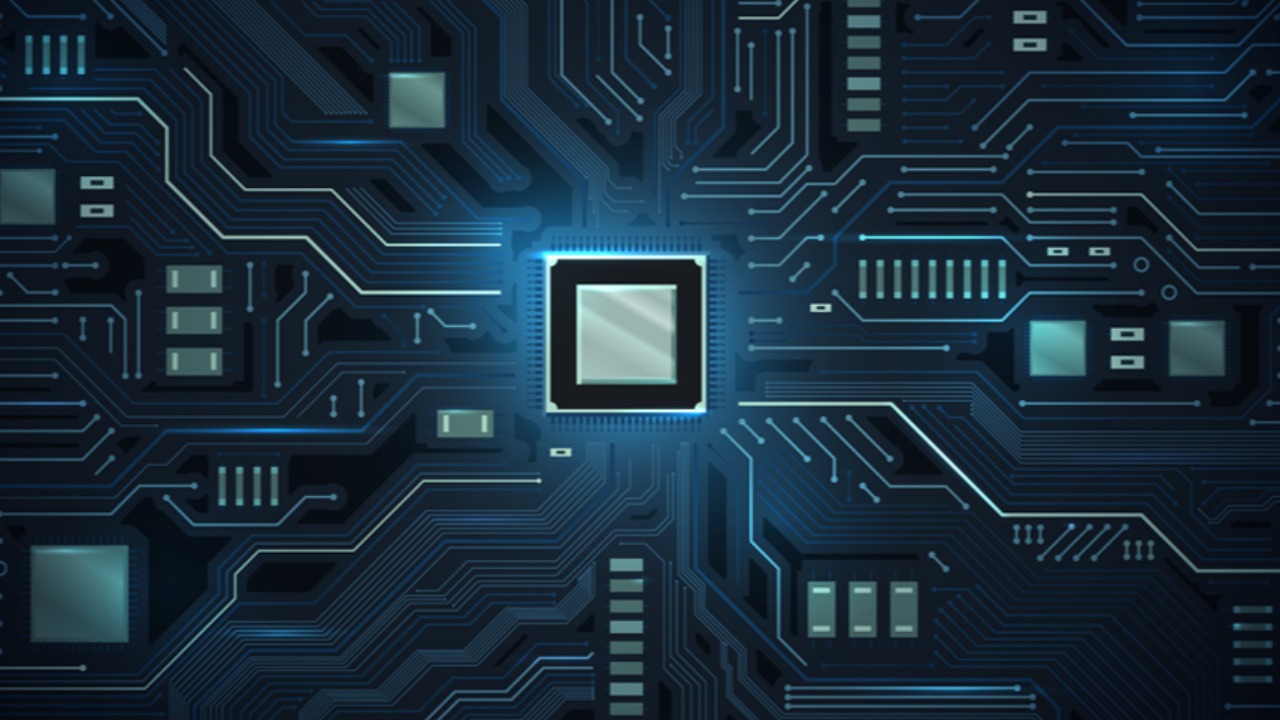
What are Microprocessors?
Microprocessors are computer processors that have the logic, math, and control circuitry required for a computer’s central processing unit (CPU) to work properly. The basic function of a microprocessor is to receive, process, and store input instructions, as well as output the results.1
Microprocessors, which were initially employed in calculators to perform the operations of a computer’s central processing unit, are now commonplace in household appliances including washing machines, refrigerators, microwave ovens, and automobiles. Due to their central role in PCs, microprocessors have had a significant global impact on communications, publishing, entertainment, and politics.1
The First Microprocessor
Prior to 1971, microprocessors were nonexistent. By that time, we had digital computers with stored programs that were operational. Relays, vacuum tubes, transistors, or integrated circuits of varying sizes were the discrete components used in non-microprocessors. This was almost a decade before microprocessors started to overtake other types of processors as the predominant technology.
Among the first monolithic microprocessors to be commercially available, the Intel 4004 was fully integrated into a 16-pin dual inline package (DIP).
The chip was initially created for the Japanese calculator manufacturer Busicom Corp. for a prototype calculator in March 1971. In July 1971, their 141-PF prototype calculator became publicly accessible. The 4004 was made available to the general market commercially in mid-November of the same year. Federico Faggin, Marcian Edward “Ted” Hoff, and Stanley Mazor were responsible for the design and development of the first commercial microprocessor.2

8008 Processor
While the 4004 was being developed, Intel was working on a computer with Datapoint, and in early 1970, Ted Hoff and Stanley Mazor began developing the 8008 processor. Once again, Intel produced the first 8-bit microprocessor, but this time on behalf of Computer Terminals Corporation (CTC), afterwards known as Datapoint, of San Antonio, Texas. This chip was required by Datapoint for a terminal they were creating. In April 1972, Intel released it under the name, 8008. This was the first 8-bit microprocessor in existence, but CTC rejected the chip since it needed numerous support chips.2

8080 Processor
Similar to its predecessor, the 8008 processor, Intel’s 8080 experienced early development setbacks but would go on to become one of the most significant chips in history. The management of the company placed a strong emphasis on the memory industry, particularly on fully integrated memory systems that were compliant with the profitable mainframe market.
Intel unveiled the renowned 8080 processor in April 1974, which helped to expand the market for microprocessors. The first microprocessor with the speed, power, and efficiency to become an essential tool for designers was 8080, which had 64K bytes of addressable memory and could execute 290,000 instructions per second.2

How Microprocessors Transformed Computing
The microprocessor enabled personal computing by allowing for more accessible devices with smaller footprints. The hardware base was established in the 1970s, economies of scale were introduced in the 1980s, and a wide range of devices and user interfaces became more accessible in the 1990s.
The development of portable, customizable devices enabled humans to meet their need for connectivity. It should come as no surprise that as connectivity increased, the computer evolved from a productivity tool to a necessary companion.
The microprocessor was initially viewed as a novelty by traditional mainframe and minicomputer builders; an affordable solution for a variety of applications. The technology has advanced over the last 40 years, from being limited to people skilled in component assembly, soldering, and coding to being accessible to children who can swipe a touchscreen to access any information in the world. People have been dependent on the microprocessor for a long time. Though originally used for company data management, secretarial typing, and accurate records, computers have now become a vital part of our daily life.2
References:
- Furber, S. (2017). Microprocessors: the engines of the digital age. Proceedings. Mathematical, Physical, and Engineering Sciences, 473(2199). https://doi.org/10.1098/RSPA.2016.0893
- Microprocessors change the world – Embedded.com. (n.d.). Retrieved August 30, 2022, from https://www.embedded.com/microprocessors-change-the-world/
- Evolution of Microprocessors – GeeksforGeeks. (n.d.). Retrieved August 30, 2022, from https://www.geeksforgeeks.org/evolution-of-microprocessors/
